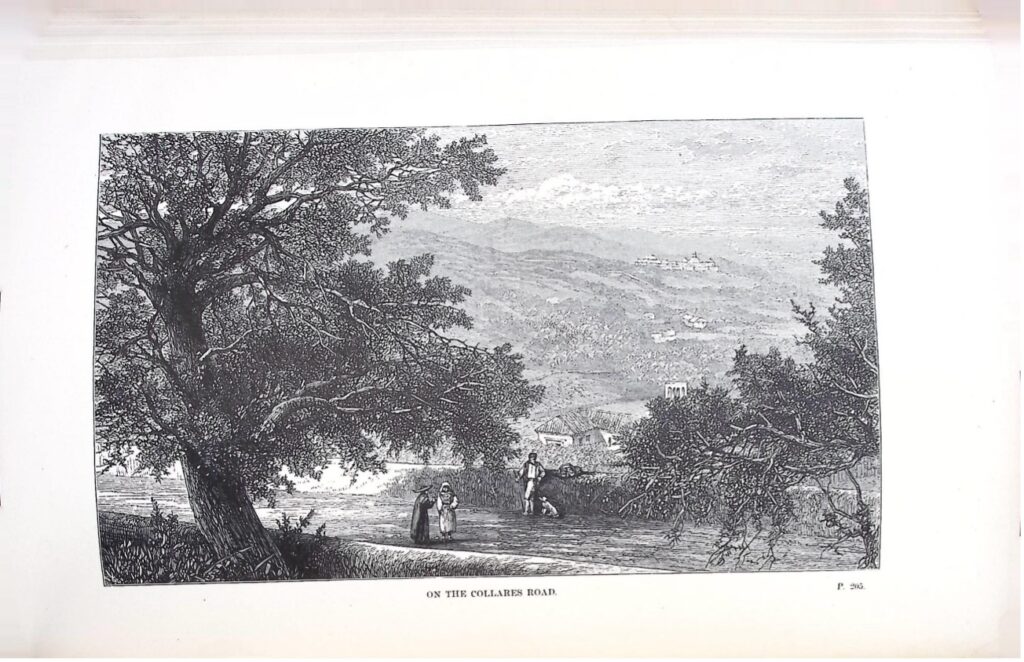Gender
Episode 1
Being a woman writer has always meant belonging to a minority. But until when will
this be a reality?
Although the disparity between the number of works in our database written by men
and by women is clearly visible, throughout time, fortunately, the number of books
written by women increased. By looking at the timeline above, we notice that, during
the last century of our database (from approximately 1870 until the last book, dating
from 1985), this disparity almost dissipates: there are 13 books written by women, and
17 books written by men. Societal developments probably gradually allowed for more
freedoms related to mobility, authorship, financial conditions, amongst other
discriminating factors for women. But, in our database, the number of female-authored
books never surpasses the male-authored ones. What can this say about the travel
narratives we have gathered?
Catherine Jackson stands as the eighth woman to publish a book in our database. She
wrote and published the illustrated book Fair Lusitania in 1874. She was a woman that
benefited from a fairly good amount of social freedom: being the widow of a diplomat,
she started publishing the diaries and letters of her late husband one decade after his
death, and was granted a pension, in 1874, in recognition of his services. This allowed
her to continue her editorial occupation; she compiled, wrote and published different
types of works about varied subjects, such as the French society, art and travel writing.
In Fair Lusitania, the first book she published of her own authorship, she organizes and
adapts her own letters and the travel diary she kept during her trip to Portugal in 1873.
She shows her familiarity both with the country, and the Portuguese language, often
translating it to English: “«Paciencia; não pode ser agora» — «Patience; it cannot be
now;» or «Paciencia homem, e vai com Deus» — «Patience, man, and go with God.»”
(p. 36). She also demonstrates her attachment to Portuguese people, culture and
geography, often praising the country and its characteristics: while passing through
Santarém, on the road to Porto, she states: “I so love all these old places, their traditions
and legends, their ruined remains of palaces, Moorish castles, churches, monasteries,
and mosques.” (p. 248).

Found at https://cetapsrepository.letras.up.pt/id/cetaps/115360
Jackson is only an example of a heartfelt travel narrative about the Portuguese territory.
Her experiences as a woman undoubtedly shaped her view on the world and experiences
she went through. We are lucky to be able to read her testimony, but we are left
wondering: what was left unsaid by the lack of more female perspectives on travelling
in Portugal?